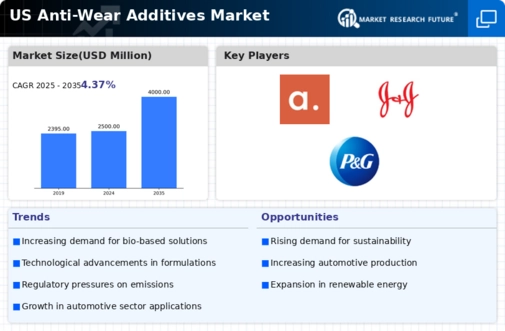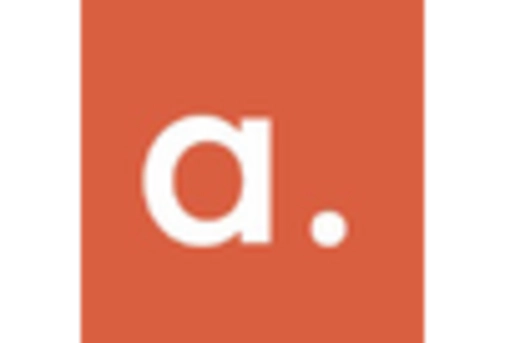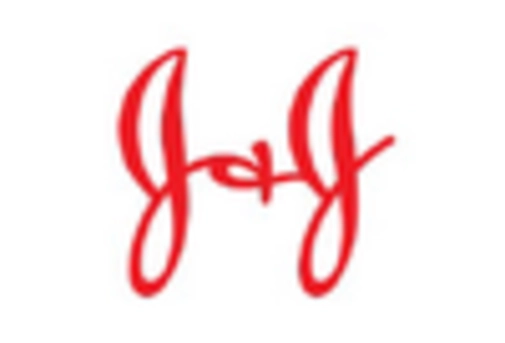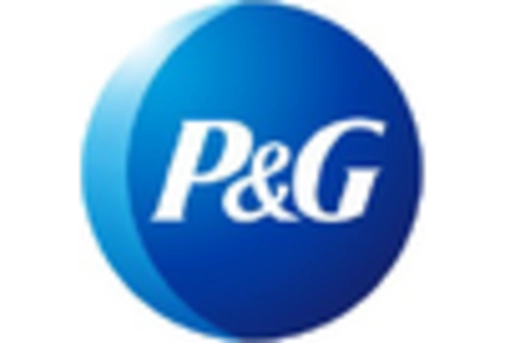The US Anti-Wear Additives Market is characterized by a competitive landscape that plays a pivotal role in industrial applications, particularly within lubricant formulations. Anti-wear additives are essential for reducing friction and minimizing wear and tear in machinery and automotive engines. The market dynamics are shaped by the demand from various sectors including automotive, manufacturing, and aerospace, where operational efficiency and longevity of machinery are critical. As industries progress towards sustainability and efficiency, companies in the anti-wear additives segment are investing in research and development to innovate and improve product formulations.
The competitive insights within this market reveal a mix of established players and new entrants vying for a share, driving advancements in technology and product performance. Understanding the positioning and strengths of key competitors provides a glimpse into future trends and potential market shifts.TotalEnergies has solidified its position in the US Anti-Wear Additives Market through a comprehensive portfolio that emphasizes environmentally friendly formulation practices. The company focuses on developing additives that enhance lubricant performance, demonstrating its commitment to sustainability while meeting the stringent regulatory demands of the US market.
TotalEnergies benefits from a robust distribution network that enables it to reach a wide array of customers in different sectors, bolstering its market presence. Its strategic relationships and collaborations with industrial partners have allowed TotalEnergies to stay ahead of the innovation curve, positioning the company as a leader in the development of products that improve operational efficiency and machine lifespan.
The company’s ability to blend technical expertise with a market-driven approach contributes significantly to its competitive edge in the industry.Dow Chemical operates with a significant presence in the US Anti-Wear Additives Market, offering a variety of products tailored to meet the unique demands of various applications. The company is well-known for its superior technological capabilities in producing high-performance additives that enhance lubricants' anti-wear properties. Dow Chemical has established several key products that cater to automotive and industrial lubrication needs, reinforcing its position as a reliable supplier in the region.
The company's strengths lie in its well-developed research and development resources, enabling continuous innovation and refinement of its product offerings. In recent years, Dow Chemical has pursued various mergers and acquisitions to expand its capabilities and market share within the US, effectively positioning itself for future growth. This strategic approach enhances Dow Chemical's ability to respond to evolving customer requirements and market conditions. Through its commitment to sustainability and advanced product solutions, Dow Chemical remains a formidable player in the US Anti-Wear Additives Market.














Leave a Comment